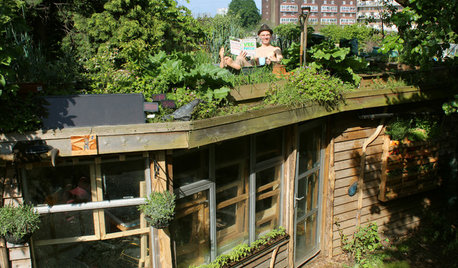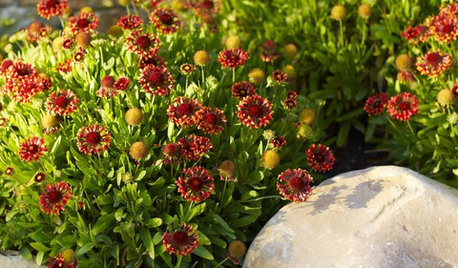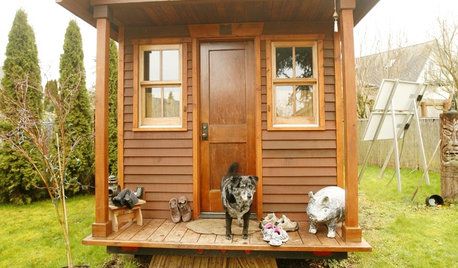Can tomatoes be grown in the same bed year after year
allenwrench
15 years ago
Related Stories

FALL GARDENINGReflecting on a Gardening Year
Mistakes and successes, surprises and comforts. The garden helps us grow in new ways every year
Full Story
BEDROOMSRoom of the Day: A Boy’s Bedroom to Move Through Tween and Teen Years
Reorganizing the space with a new study desk, bed, seating and storage gives him room to grow
Full Story
GARDENING GUIDES15 Ideas to Try in Your Garden This Year
These gardening stories were tops among Houzz readers. Which ideas might you try this year?
Full Story
STUDIOS AND WORKSHOPSVisit London’s Shed of the Year
A modern Renaissance man carves out a multifunctional green oasis amid London’s urban whirl
Full Story
GARDENING FOR BUTTERFLIESGreat Design Plant: Blanket Flower Brings Year-Round Cheer
It's irresistible to wildlife, but this wildflower's drought tolerance, copious blooms and versatility draw human fans too
Full Story
HOMES AROUND THE WORLDMy Houzz: A Dream Home 25 Years in the Making
A couple who had partly renovated their old clapboard home finally complete it to suit their empty-nester lifestyle
Full Story
SMALL SPACESLife Lessons From 10 Years of Living in 84 Square Feet
Dee Williams was looking for a richer life. She found it by moving into a very tiny house
Full Story
DECLUTTERINGClutter vs. Keepers: A Guide to New Year's Purging
Simple questions to get in touch with your clutter comfort level — and figure out what needs to go
Full Story
KITCHEN OF THE WEEKKitchen of the Week: 27 Years in the Making for New Everything
A smarter floor plan and updated finishes help create an efficient and stylish kitchen for a couple with grown children
Full Story
HOLIDAYSSimple Pleasures: Welcoming the New Year
Got the champagne and party hats but stumped about what to do next? Try these festive entertaining ideas to ring in the new year
Full StoryMore Discussions






city_tomato
code_1_corey
Related Professionals
Garden City Landscape Architects & Landscape Designers · Medford Landscape Contractors · Mooresville Landscape Contractors · Bowie Landscape Contractors · Lakewood Landscape Contractors · Saint Paul Landscape Contractors · Shoreview Landscape Contractors · Avon Lake General Contractors · Mansfield General Contractors · Sheboygan General Contractors · West Whittier-Los Nietos General Contractors · Cape Coral Decks, Patios & Outdoor Enclosures · Monroe Decks, Patios & Outdoor Enclosures · Natick Decks, Patios & Outdoor Enclosures · Portland Decks, Patios & Outdoor Enclosuresbigdaddyj
digdirt2
P POD
sudzy
lilacs_of_may
wild_forager
elkwc
digdirt2
bigdaddyj
carolyn137
Creativeguy_z6_CT
nygardener
sudzy
P POD
denninmi
sprouts_honor
cre8tivly_lee
sheltieche